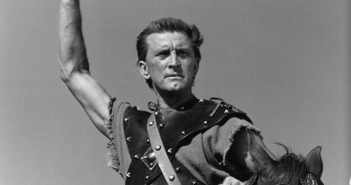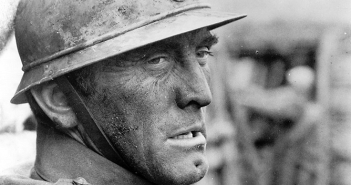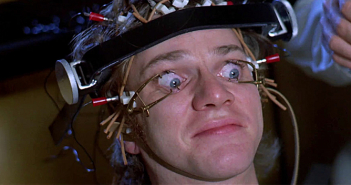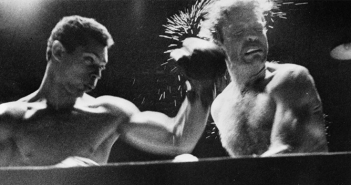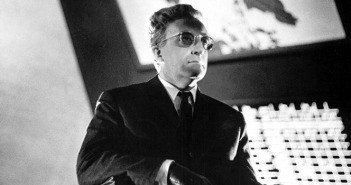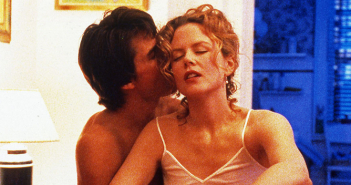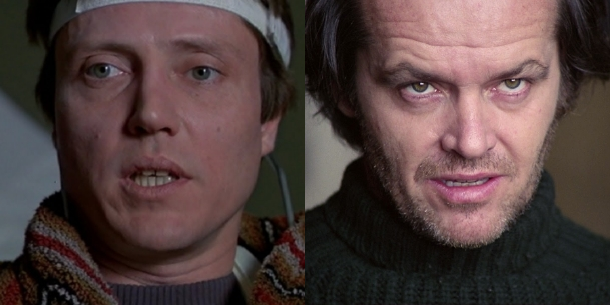Tight Manhattan upper-class environments squeeze in characters and bare their misdeeds for the entire world to see. They’re all living in a Fitzgerald novel, but they are oblivious to the emptiness that creates distances between them in these too-close-for-comfort environments. This is an empty world of high-class promiscuity and bourgeoisie excess. This is a world of people that are supposed to be too erudite for the fatalistic trappings of human desire, but despite their outward appearances, they are driven by the same primal desires and irrational fears as anyone else. They try to mask their human qualities, but the stifling nature of their environments drives their desire to explode in secret closed-door expressions of carnality and hedonism. They all wear masks to shield their darkest desires, but the most effective masks are the ones they wear in public, whether it is the mask of doctor, upstanding citizen, or upper-class socialite.
